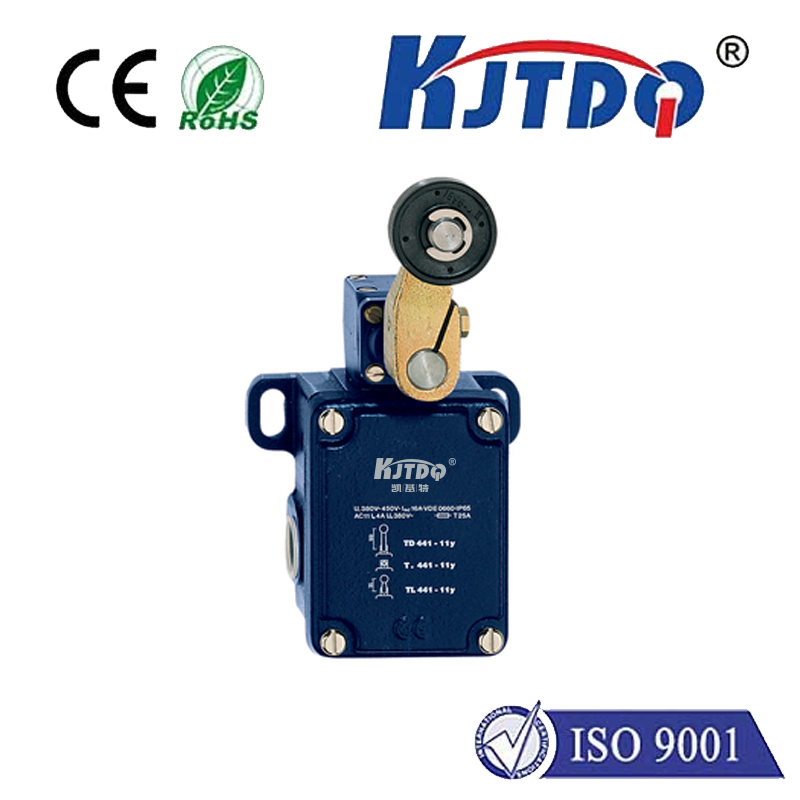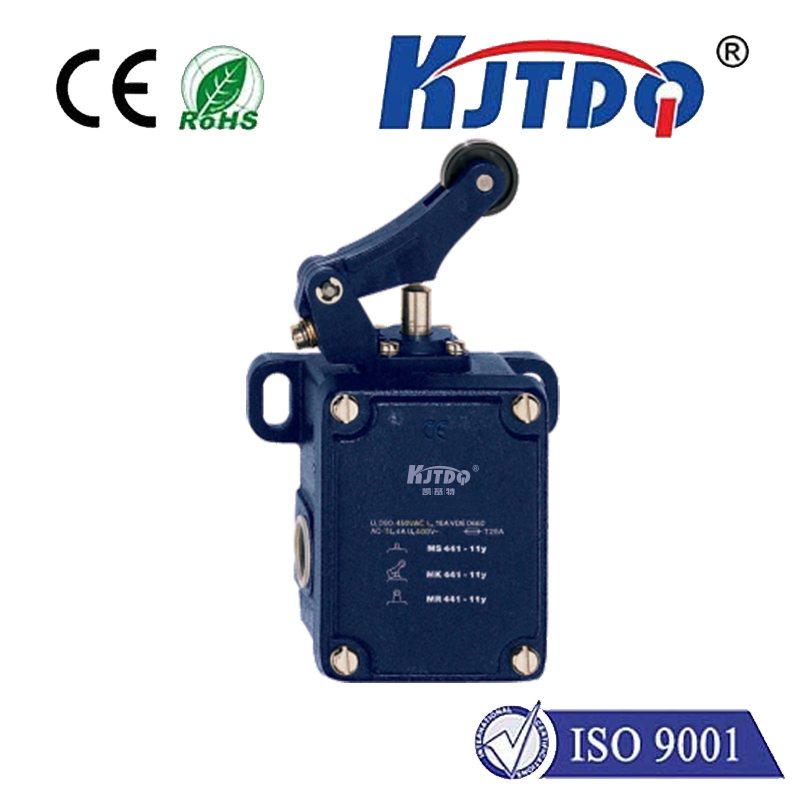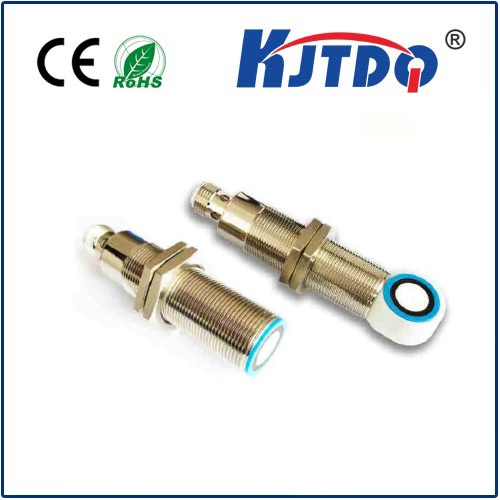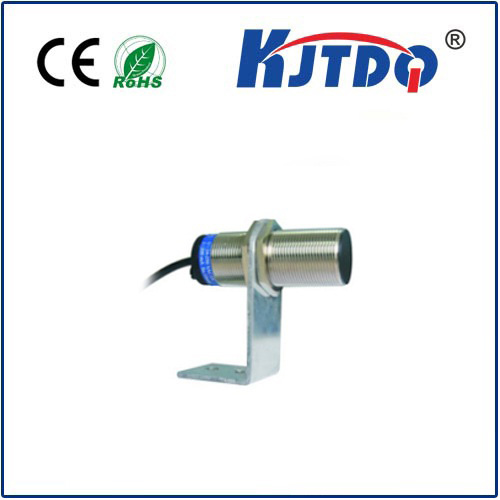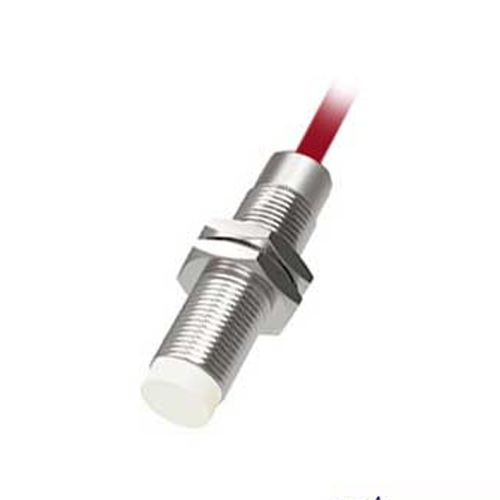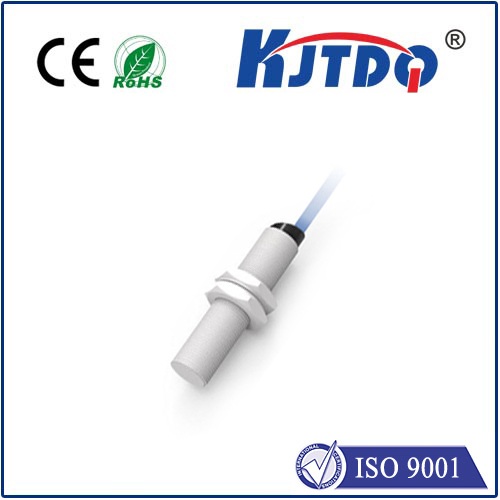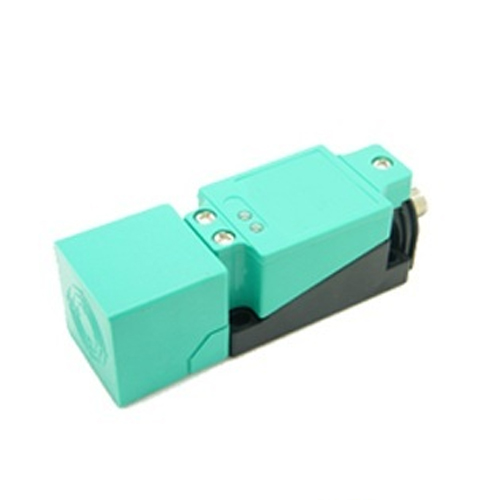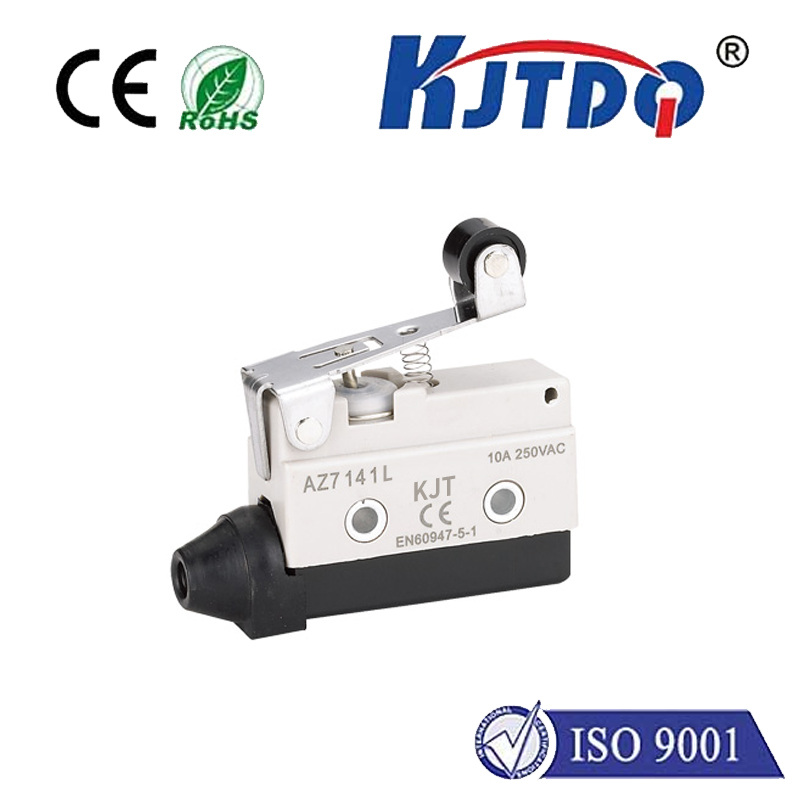BES05EP proximity sensor
- time:2025-10-15 01:20:46
- Click:0
BES05EP Proximity Sensor: The Compact Hall Effect Switch Powering Reliable Detection
Imagine a device silently knowing when something is near, triggering actions without physical contact. This is the magic of proximity sensing, and the BES05EP stands as a robust, miniature champion within this essential world. Far more than just a component, it represents the critical link enabling automation, enhancing safety, and adding intelligence to countless electronic designs. This tiny marvel leverages the precision of Hall effect technology to detect magnetic fields, making it indispensable where reliability and space constraints collide.
Understanding the Core: What is the BES05EP?
At its heart, the BES05EP is an integrated Hall effect switch sensor module. Unlike sensors needing physical touch, it responds to the presence or absence of a magnetic field – typically from a small permanent magnet. When a magnet approaches within a defined range, the sensor seamlessly transitions its output state. The “SOT-23” surface-mount package signifies its remarkably small size, a crucial advantage in modern, space-conscious electronics. Its fundamental function revolves around latching operation: when a sufficient South pole magnetic field is detected, the output turns low (active); it then latches in this state, only switching back high when an adequate North pole field is applied. This bipolar latching behavior is distinct and vital for specific applications needing persistent state memory. Rated for operating voltages up to 24V, it integrates vital components like a Hall plate, voltage regulator, signal amplifier, Schmitt trigger, and an open-drain output MOSFET into a single, robust chip.
Why Choose the BES05EP? Key Advantages and Capabilities

The popularity of the BES05EP stems from a powerful combination of attributes:
- Compactness & Space Efficiency: The SOT-23 package (approx. 3mm x 3mm) is a game-changer. It allows designers to integrate proximity sensing into incredibly tight spaces where larger sensors simply couldn’t fit.
- Non-Contact Sensing: The fundamental advantage of Hall effect sensors lies in their ability to detect magnetic fields without physical interaction. This eliminates mechanical wear and tear, ensuring exceptional long-term reliability and durability.
- Latching Functionality: As mentioned, the bipolar latching feature is key. The sensor maintains its output state (latches) until the opposite pole triggers it. This is indispensable for applications like position sensing where knowing the last known state is critical (e.g., knowing if a door was left open or closed).
- Solid-State Reliability: With no moving parts, the BES05EP offers superior resilience against shock, vibration, dirt, dust, and moisture compared to mechanical switches.
- Simplified Circuit Design: Integrating the Hall plate, signal conditioning, and output driver significantly simplifies the external circuitry needed. Often, just a simple pull-up resistor and bypass capacitor are required.
- Fast Response Time: Hall effect sensors react near-instantaneously to magnetic field changes, enabling high-speed detection suitable for many automation tasks.
- Electrical Isolation: Providing effective isolation between the sensing point (magnet) and the electronic control circuit enhances safety and noise immunity.
- Robust Performance: Engineered for stable operation across industrial temperature ranges, it handles demanding environments.
Where the BES05EP Shines: Diverse Applications
The unique blend of features makes the BES05EP a go-to solution across numerous sectors:
- Appliance Control: Ubiquitous in white goods. Detecting lid/door positions (washing machines, dryers, dishwashers, refrigerators, ovens), monitoring filter conditions, or sensing water level floats equipped with magnets.
- Consumer Electronics: Found in laptops, tablets, and flip phones to detect lid/screen open/close status. Used in smart covers and cases to wake/sleep devices.
- Industrial Automation: Essential for non-contact position sensing of cylinders, valves, actuators, and slides. Verifying the open/closed state of protective guards, doors, and gates for safety interlocks. Counting rotations or detecting speed via magnet-equipped gears.
- Automotive Systems: Employed for position detection (e.g., gear shifters, pedal positions, seat belt buckles). Used in brushless DC (BLDC) motors for commutation.
- Flow Meters: Detecting the rotation of impellers equipped with magnets to measure fluid flow rates.
- Security & Access Control: Detecting door/window positions or monitoring the state of safes and enclosures.
Integrating the BES05EP: Practical Considerations
While simple, a few key factors ensure optimal performance:
- Magnet Selection: The sensor’s operating point (B_op) and release point (B_rp) are critical specifications (typically around 7.5mT and -7.5mT for latching). Choosing a magnet with sufficient magnetic flux density at the desired sensing distance is paramount. Neodymium magnets are often preferred. Ensure the correct pole (South to activate, North to release) faces the sensor’s marked side.
- Orientation & Air Gap: The distance (air gap) and angular alignment between the magnet and the sensor’s sensitive area dramatically affect the magnetic field strength. Careful mechanical design is needed to achieve consistent triggering.
- Circuit Design: A pull-up resistor (e.g., 1kΩ to 10kΩ) is required on the open-drain output. A small bypass capacitor (e.g., 0.1µF) placed close to the VDD pin helps stabilize the supply voltage and filter noise.
- Handling ESD: Like all semiconductors, the BES05EP is sensitive to electrostatic discharge. Employ standard ESD precautions during handling and assembly.
The Unseen Enabler: Reliability in the Background
In a world increasingly driven by automation and smart interactions, components like the BES05EP proximity sensor work tirelessly behind the scenes. Its unobtrusive size, robust latching capability, and solid-state reliability make it an extraordinarily versatile building block. From ensuring your washing machine door is securely closed to guaranteeing critical safety guards on factory machinery are in place, this Hall effect switch plays a vital, though often invisible, role. Understanding its strengths – particularly its latching behavior and compact form factor – empowers designers to create more efficient, reliable, and intelligent products, proving that true power often comes in the smallest packages.







